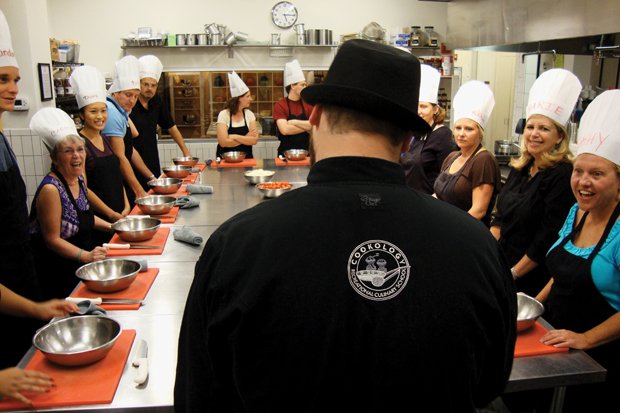Willie Drake has turned old timber into an $8 million enterprise.

Willie Drake
Willie Drake likes to say that every tree has a story. The same is true of entrepreneurs. On his way to a weekend canoeing trip in West Virginia in 1973, Drake agreed to help a friend vet the quality of the chestnut timbers in a farmer’s old barn. The friend had been asked by a contractor to find something other than standard oak or pine for the flooring in a high-end residential project, and Drake, on hiatus from school while he tried to choose a major, was curious enough to tag along. At that time, the farmer was charging 40 cents a foot for the wood; Drake and his buddy agreed to purchase it, and the following weekend loaded 3,000 board feet into a rented U-Haul.
Hooked on the notion of giving the old timbers new life, Drake later went on to found Mountain Lumber, a Charlottesville-based company that sources reclaimed hardwoods for use in residential and commercial construction, and sells reclaimed architectural elements such as moldings, millwork and beams. Today, Drake says, those chestnut timbers could easily fetch close to $10 a foot on the market.
That sort of markup has turned this licensed pilot and former equestrian into an antique-timber go-to guy. Drake’s clients include high-profile architecture firms such as Pei Cobb Freed & Partners, Polshek Partnership Architects, and Beyer Blinder Belle, as well as notable historical institutions such as Mount Vernon, Monticello, Blair House and Montpelier when they undertake restoration or preservation projects. Throw in a residential client roster that features a handful of celebrities, said to include George Lucas and Steven Spielberg, among others, and it’s no surprise that the curious fellow who, on a lark, helped that friend haul a load of chestnut has grown his hobby into an $8 million enterprise.
The peripatetic businessman spends much of his time stalking his product, both here and abroad. Drake says that he has inspected old railroad cars in Russia, Guinness beer vats in Ireland, and collapsing barns in Appalachia. To suss out the quality of the timbers, he often arrives on the scene at an old mill, factory, barn, dock or pier just hours or days before the wrecking ball is to be lowered, and when the condition of the timber is up to snuff—not coated in creosote or lead-based paint, rotted through with water damage or riddled with nails—he agrees to a price and saves the wood. “Sometimes it takes a couple of years before we take possession,” he says, adding that the ownership of buildings scheduled for demolition may change hands several times in the course of a development project as developers, contractors, city planners and preservationists wrangle over terms. “But there aren’t many companies like us that can take two or three million feet at a time.” Shortly after the deal is struck, the cargo is transported to his plant in Ruckersville. There, in a compound of open-air warehouses, beams and boards are subjected to nail-pulling by hand, then cleaned, dried and finished before being marketed for sale.
Drake regularly travels to China, where he inspects 400-year-old elm from the Ming Dynasty. Moving through the market in Guangzhou, bargaining through an interpreter with peasants who, in some cases, have transported prized logs from their villages 300 or 400 miles away, he’s been known to tote duffle bags stuffed with yuan. “They would stop loading the timbers if I didn’t pay.”
Recently, he’s been spending time in the dead oak forests of Germany and France. “What’s left by loggers in these forests is so majestic and so beautiful,” he says. “A dead tree with wormholes shows much more character, and as the lumber dries, it develops these stains, which to me give it an incredible look.”
An active supporter of a variety of conservation and reforestation initiatives, including the American Chestnut Foundation and Building Goodness, Mountain Lumber has been awarded the Forest Stewardship Council’s chain of custody certification by the Rainforest Alliance, which verifies that the firm’s reclaimed, solid flooring products are made 100 percent from recycled materials. “There are so many different products we can re-use, and we just haven’t made it a priority,” Drake says. “Look at Europe: They’ve been reworking old materials and practicing sustainable use of products for years. It’s about time we made it a priority.”









